Why is water so important? Simply, because without water, we’d die. Humans can live without food for several weeks but die within days without water. Many people, myself included, get their daily drinking water from the tap. Tap water can contain many potentially hazardous materials. Keep on reading, and don’t fear! I have a solution for ya at the end.
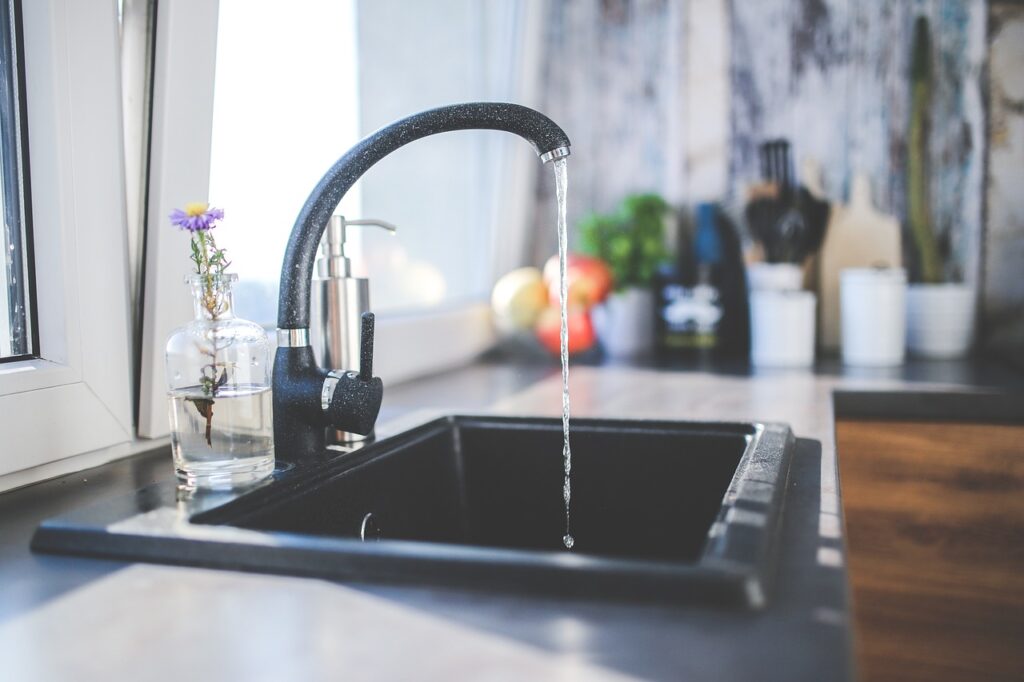
Understanding contaminants that might be present in our drinking water can be scary but necessary. There are ways to filter the water, especially from the tap. So, what are some contaminants?
Contaminants can be:
- Physical
- Chemical
- Biological
- Radiological
Common Tap Water Contaminants
Arsenic
Arsenic is a naturally occurring mineral. You know, the thing in apple seeds can kill you if you have too much of it. Chronic issues from arsenic arise after long-term exposure.
Chromium
Chromium naturally occurs in most water supplies, like our drinking water. It’s known to cause many issues, including cancer, fertility problems, and stunted growth in children. Chromium exposure can also cause eye and skin irritation, respiratory issues like asthma, intestinal issues like gastroenteritis, and liver damage.
Coliform
Coliform bacteria that doesn’t cause illness by itself. Coliform’s presence signals the likelihood of disease-causing pathogens in your drinking water.
Copper
Copper is a naturally occurring mineral. Most copper in your drinking water is caused by household plumbing corrosion. High levels of copper can result in copper toxicity.
Cryptosporidium
Cryptosporidium is a parasite that causes the GI illness cryptosporidiosis. The parasite occurs in the feces of infected animals and humans and is environmentally resistant. This can make it hard to treat.
Disinfectant Byproducts
Many traditional household disinfectants contain toxic chemicals, like bleach or chlorine. When we wash these chemicals down our drains, they end up in our water supplies. Using natural cleaning supplies can help prevent chemical buildup in the waterways.
Lead
Lead is a well-known harmful element. It typically comes from plumbing and distribution lines rather than natural sources. Lead can cause lead poisoning, which can cause developmental issues in children, birth defects, and more.
Nitrate
Nitrate is a chemical that is slowly becoming a household name. It’s found in most fertilizers, manure, and septic tank liquid waste. Most of the time, soil’s natural bacteria can convert nitrogen into nitrate. You may have higher nitrate levels if you drink ground or well water.
Nitrate reduces the ability of red blood cells to carry oxygen. This can cause issues for pregnant women or those trying to conceive, as well as babies who cannot get enough oxygen due to high nitrate levels.
PFAS
Due to new studies about their effects, PFAS (Per- and Polyfluoroalkyl Substances) are chemicals recently coming under fire. PFAS are commonly found in non-stick, grease-proof, and water-proof coatings. They’re concerning because they never break down and can cause many health issues, including endocrine disruption.
Antibiotics & Medications
I’ve flushed medicine down the drain before, haven’t you? Just like household disinfectants, medications end up in our water supplies. You don’t want to ingest medications that weren’t prescribed to you.
How to Reduce Tap Water Contaminants
Filtering your water is the best and cheapest way to reduce the amount of contaminants in your drinking water. Typically, I get my water from the tap. I prefer not to buy bottled water for two reasons: I’m cheap and the plastic waste.
Unfiltered tap water has that oh-so-distinct tap water smell: chemical, metal, eww-y. In some locations, tap water isn’t even potable, like in Southwest Florida. The water in SWFL has high levels of sulfur, which is stinky and not appetizing.
So, what’s the solution?
Buy bottled water or filter your water.
I prefer to filter my water rather than purchase bottled water. I want to avoid paying extra for plastic bottles and any PFAS that might leech into the water. Keep on reading to learn about some easy filter solutions, including my favorite!
Filters for Every Price Point
When first starting, you may want to get the cheapest filter for your water. Any filter is better than nothing.
Budget
Brita Filter: Different Brita filters may remove different substances from water, but Brita states that its filters reduce or eliminate the following substances: asbestos, benzene, cadmium, chlorine, copper, lead, mercury, and zinc. Smaller molecules and contaminants won’t be filtered out by Brita. Get your Brita filter for as little as $15. I suggest getting a pitcher with a filter included, like this one with a 10-cup capacity.
Mid-Range
Clearly Filtered: Without a doubt, Clearly Filtered is my choice for a household water filter. Before learning about Clearly Filtered, I used a Brita filter. In my search for a more effective water filter, I found Clearly Filtered.
The company offers several filtration options, and the water pitcher is my current favorite.
With a simple zip code search, Clearly Filtered offers potential customers a look into the most common contaminants in their water. Check out the icky results for my water below.
Clearly Filtered shows you what contaminants are removed and how much are removed with their 3-stage filtration system.
I can tell you how much better tasting, looking, and smelling my tap water is once it runs through the filter. It’s crazy how well this affordable option works! When purchasing your Clearly Filtered pitcher, you can choose from one-time purchase and subscription options. I chose the filter subscription, which saves me 10% on each order! If you choose the same option, you can start filtering your water for just $81. Your replacement filters are automatically shipped every four months for just $49.50. Without the subscription, a pitcher and filter will put you back $90.
The pitcher’s 10-cup capacity is great for most situations. We drink loads of water in our house, so a 2.5-gallon countertop container is continually refilled with filtered water. PS – here’s an actual image of a used filter next to a brand new filter… ew!!!
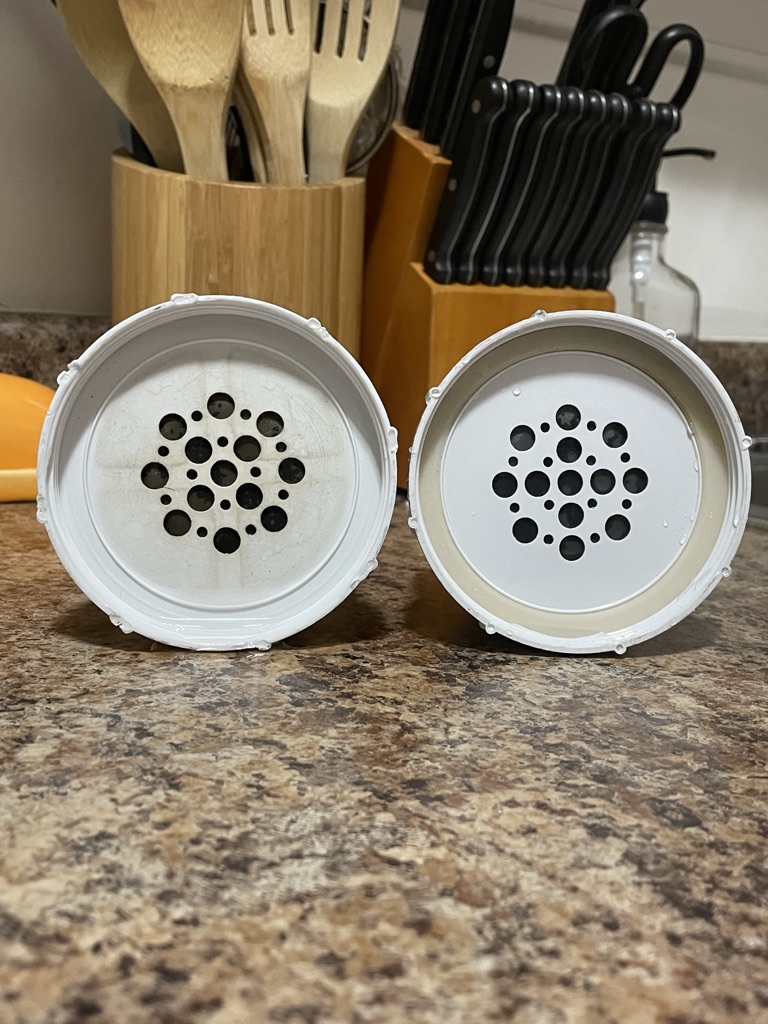
Splurge
I’m sad to say that I don’t have any personal experience with expensive, splurge-worthy water filters. We currently rent our apartment, so the water pitcher is the easiest, least intensive filtration method. However, based on my experience with Clearly Filtered, I have to recommend their under-the-sink 3-step filtration system. You can bet this will be added once we own a home! Clearly Filtered also offers a fridge filter, which would be another great addition to any home.
Universal Fridge Filter: $148.50 with subscription or $165 for one-time purchase
Under-the-sink 3-Stage Filter: $495 with subscription (12-month replacement) or $550 for one-time purchase
So, have I convinced you to start your water filtration journey or to upgrade your current filter? I’d love to know! Comment below and let’s start a convo about the state of our drinking water.
Happy Healing! xoxo
Check out my healthy drink recipes: Celery Juice and Pink Drink Smoothie
Sources and References:
- https://doh.wa.gov/community-and-environment/drinking-water/contaminants
- https://www.cdc.gov/healthywater/drinking/contamination/chemicals.html
- https://oehha.ca.gov/calenviroscreen/indicator/drinking-water-contaminants
- https://www.epa.gov/ccl/types-drinking-water-contaminants
- https://wqa.org/learn-about-water/common-contaminants/
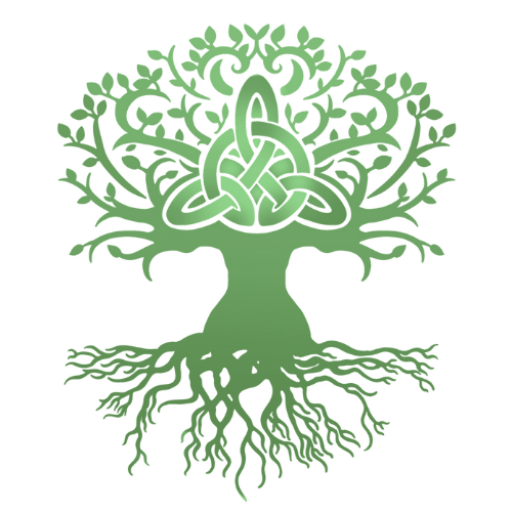
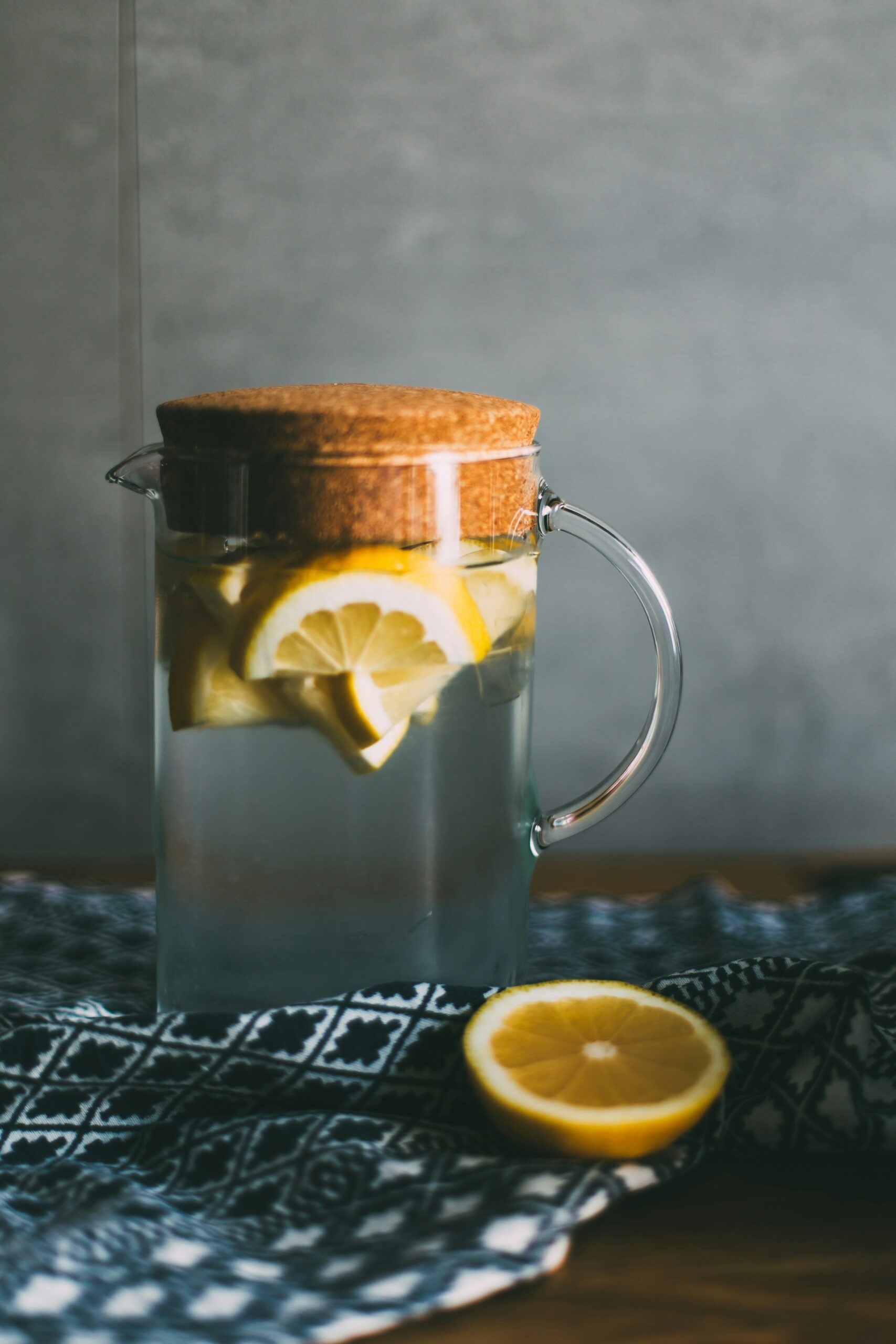
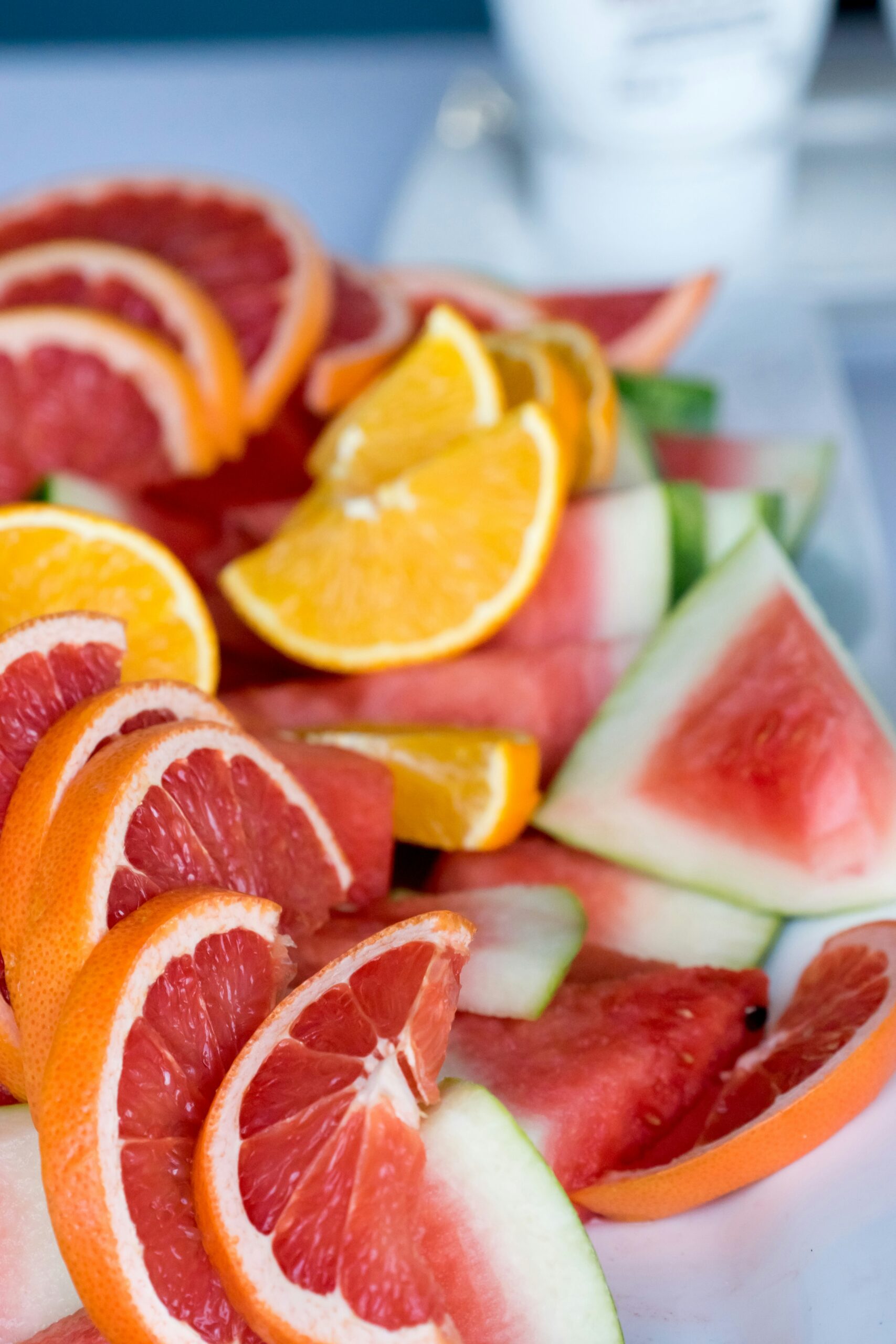

0 Comments